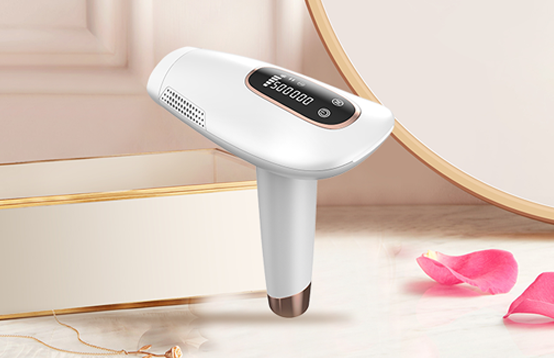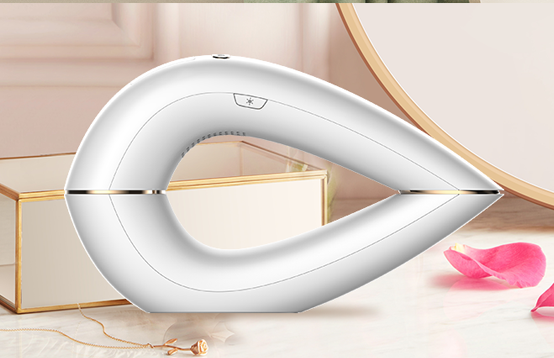IPL is Effectively Used in Different Treatments
IPL systems have been used effectively in the treatment of cavernous hemangiomas, venous and capillary malformations, facial and leg telangiectasias, and poikiloderma of Civatte. When treating port wine stains, especially those with a nodular component with external light sources, an old challenge has been targeting deeper-seated vessels located at the base of such lesions. It has been shown that using a 585nm wavelength pulsed dye laser source, most energy is deposited in the superficial vessels and that this decreases the amount of light available to deeper vessels (shadowing effect). Thus, clinical response of lightening in port wine stains with pulsed dye laser is dependent on vessel depth, diameter, and wall thickness.

With IPL in contrast, the variable pulse durations and the multiple split-light pulses cause additive heating, leading to coagulation of vessels of different diameters and, theoretically, better concurrent heating of superficial and deeper vessels. A 5 to 100 millisecond delay between pulses allows the epidermis to cool down, preventing damage. In most clinical studies of port wine stains, IPL treatments were well tolerated. Side effects were infrequently observed and included temporary erythema, superficial blistering, hypopigmentation, and hyperpigmentation.

Other vascular lesions commonly targeted by IPL are telangiectasias and cherry angiomas of various anatomical locations. The most frequently used intervals between treatments reported in the literature vary between 3 and 8 weeks. In a study of 1,000 consecutive patients with facial telangiectasias or vascular marks treated from 1998 to 2005 with the Photoderm VL (Lumenis Aesthetic, Santa Clara, California), IPL was shown to be a fast, safe, and effective modality. In this study, large facial veins were treated in triple-pulse mode using the 590 cutoff filter with pulse times of 2.4, 3.0, and 3.5 milliseconds; a delay of 30 and 25 milliseconds; and an energy flow of 50 to 56 J/cm2. Red fine telangectasias usually were treated in double-pulse mode using the 570nm cutoff filter with pulse times of 2.8 and 4.5 milliseconds, a delay of 30 milliseconds, and energy levels of 38 to 42J/cm2. Spider lesions were treated with the same settings as for large veins using a white screen with a varying size hole (1–4mm) to hit the arteriolar part of the lesion. Perilesional erythema, blanching, and vessel clearance were considered optimal treatment endpoints.

IPL has also been shown to be an effective treatment for the telangiectasias and background erythema/flushing seen in patients with erythematotelangiectatic rosacea. Recently, it has been shown that IPL is at least equally effective as nonpurpuragenic pulsed dye laser in reducing both signs and symptoms of rosacea.
The IPL hair removal devices are widely used in different treatments, so warmly welcome to contact with Noble Manufacture to know more details about them.

 EN
EN  ES
ES PT
PT SV
SV DE
DE TR
TR FR
FR


